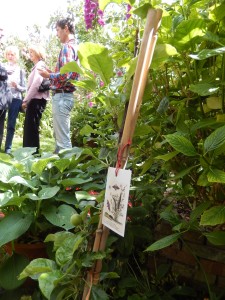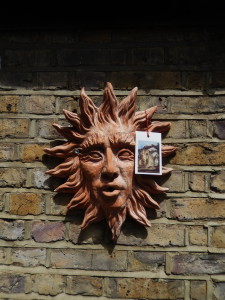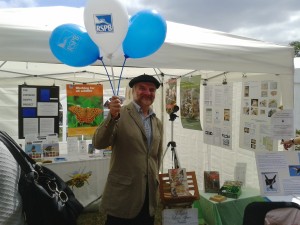
Category Archives: Talks
Book L(a)unch
Book Launch: The English Love Affair with Nature
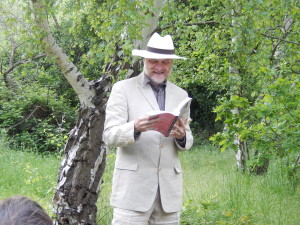
We were fortunate yesterday to have bright dry weather for the book launch of The English Love Affair with Nature, generously hosted by London Wildlife Trust.
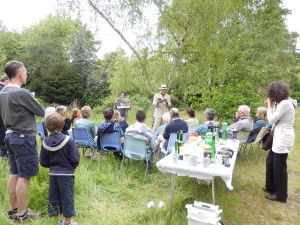
I read sections from the Introduction, Art, and Gardening chapters, with an encore from Spiritual Rebels. The audience took a few minutes, in pairs, to share three things they personally loved about nature. I was kept busy signing copies. Everyone seemed to be enjoying the event, at least they laughed at the jokes and clapped unexpectedly at the end. And everyone lent a hand tidying up, so it all felt very friendly.
Free Public Event: Book Launch at Gunnersbury Triangle 17 May 2015
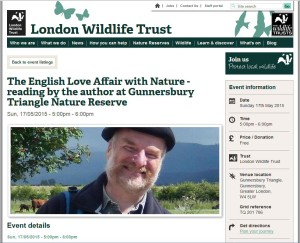
London Wildlife Trust have kindly put on a book launch event for my new book ‘The English Love Affair with Nature‘. The event is free and open to all; though small children may prefer to eat the cakes and go pond-dipping, which will be available on the reserve! Attractions will include me, reading from the book; a chance to buy a signed copy, if that’s your sort of thing; nice things to eat and drink; and the beauty of a nature reserve in May, complete with birds, butterflies, bees, bugs, flowers and trees in new leaf, not to mention mini-beasts, newts and everything that wriggles in pond water! I hope to see you there.
Camouflage Talk, Camouflaged Cakes
Today I gave my ‘Camouflage without Spots’ talk at Gunnersbury Triangle nature reserve. It was very hot, and having helped the RSPB local group set up their stall at the Bedford Park Festival on the common, I cooled off and picked up the materials for the talk.
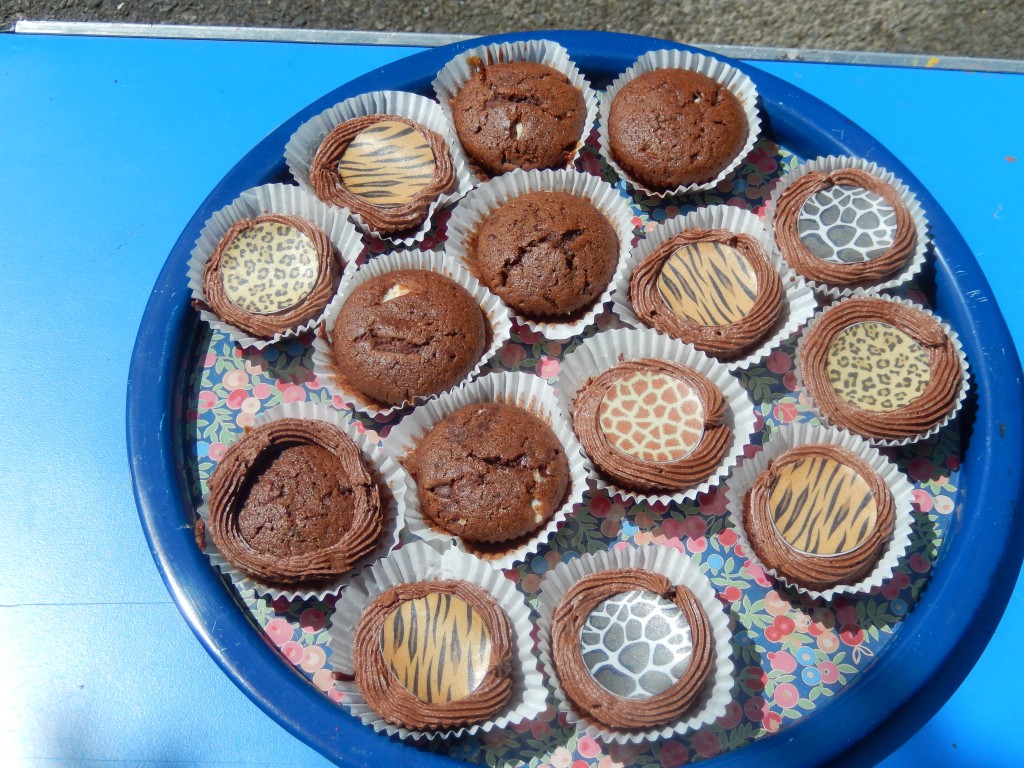
Helen had set out the tables and baked some amazing Camouflage Cakes – someone joked they couldn’t see them – and we all had lemonade in the heat.
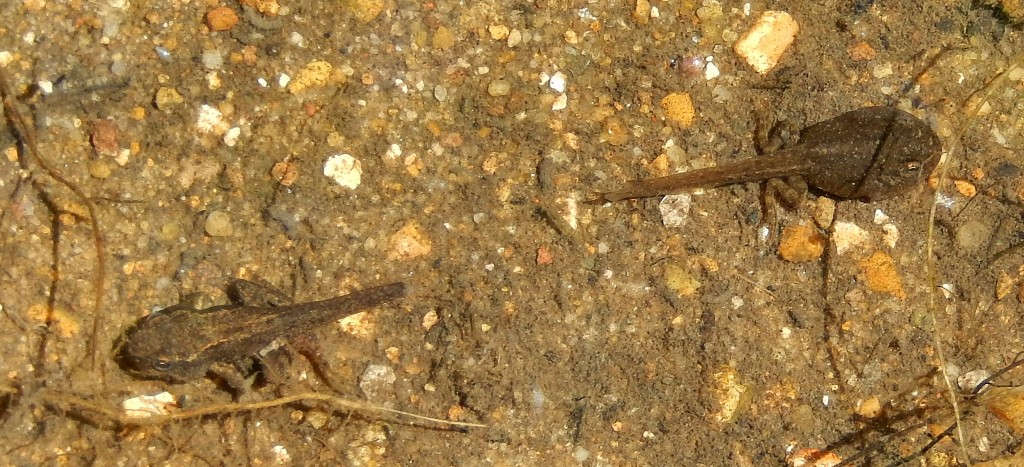
Once I had run through the talk and arranged the talk table with books and materials, I had a quick walk around the reserve. The tadpoles are just at the moment of growing legs – some have none, some two, some four: it’s very beautiful and touching.
A keen entomologist came running, a Clouded Yellow presumably blown in on the warm southerly wind had breezed across the reserve in front of the hut! They are only occasional visitors here, common enough in France, but they hardly ever perch when the weather is warm.
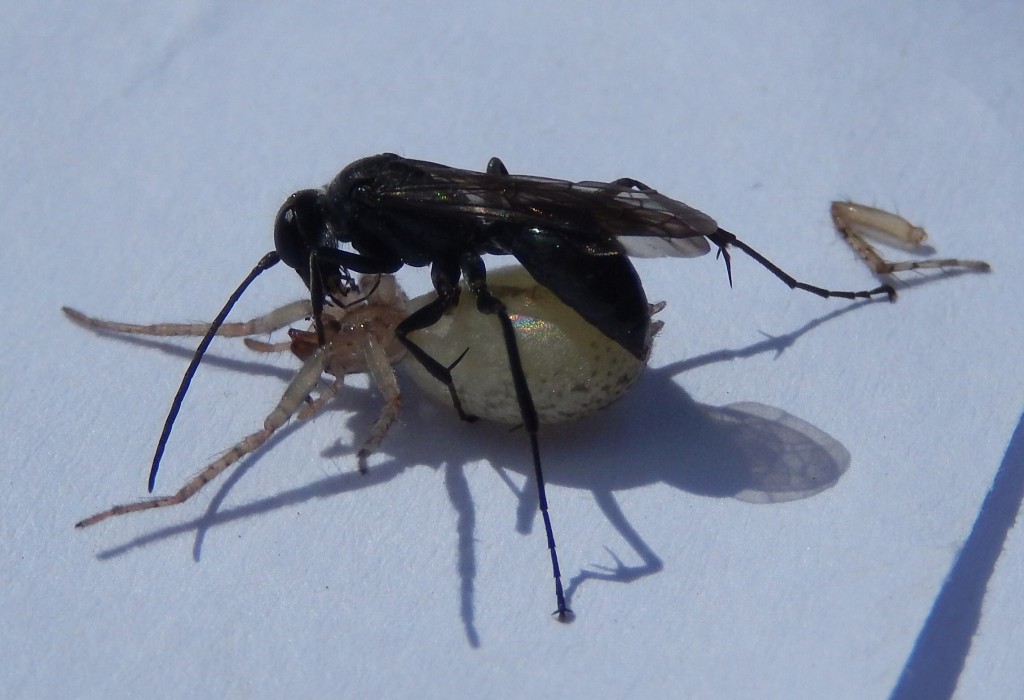
A second entomological excitement: a Pompilid spider-hunting wasp was running rapidly about on some papers in the hut, dragging something white below her body. The photo shows what the naked eye could hardly perceive: she had a paralysed spider as big as herself in her jaws (a leg has broken off). She was presumably running about to find a suitable hole to bury the unlucky spider in, complete with one of her own eggs which will hatch and eat the spider as a supply of fresh, living food, enough to keep it going until it pupates.
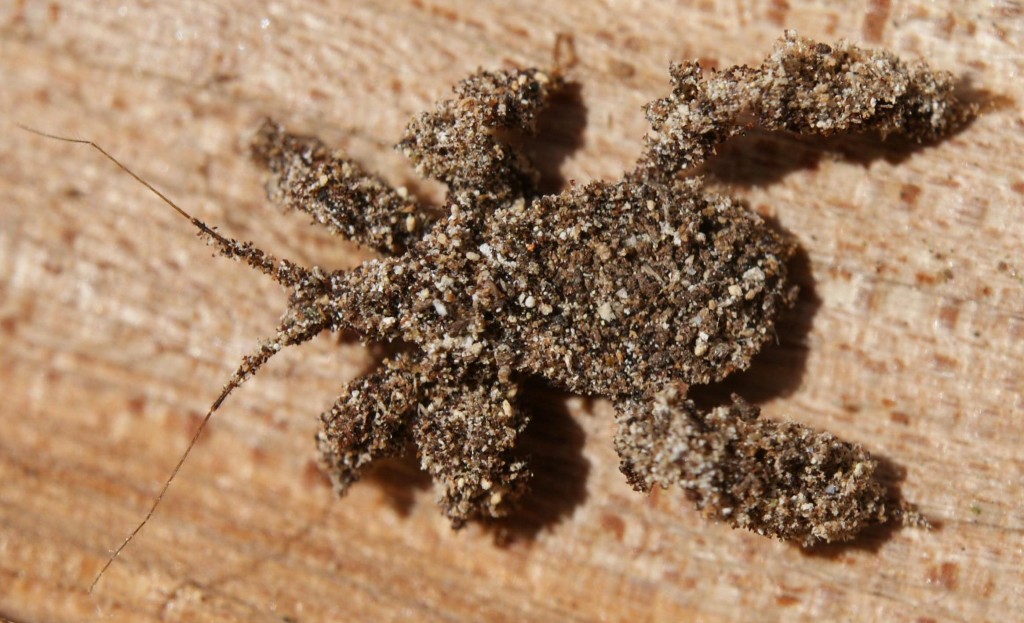
A surprisingly large audience congregated for the talk, which looked at tricks that animals use to conceal themselves, often in plain sight. I demonstrated using painted cylinders in the fortunately bright sunlight how countershading works and why it is necessary; and how some animals like skunks and honey badgers use it in reverse to make themselves as conspicuous as possible. We all marvelled together at the wonderful camouflage of the Masked Hunter Bug, the Flat-tail Horned Lizard, and perhaps best of all the Potoo, beloved of Hugh Cott, motionless with its astonishing disruptive markings in the fork of a tree. I risked bringing out my copy of Abbott Thayer’s Concealing-Coloration in the Animal Kingdom, complete with his fine but sadly misguided paintings of camouflaged Peacock, Roseate Spoonbills and Wood Duck. He was right about the principle of countershading, and the superb disruptive plumage of gamebirds, though.
Then we had more lemonade and ate the camouflaged cakes!
See also the blog article that trailed the talk.
Camouflage without Spots: Gunnersbury Triangle, Sunday 8 June 2014 at 2pm
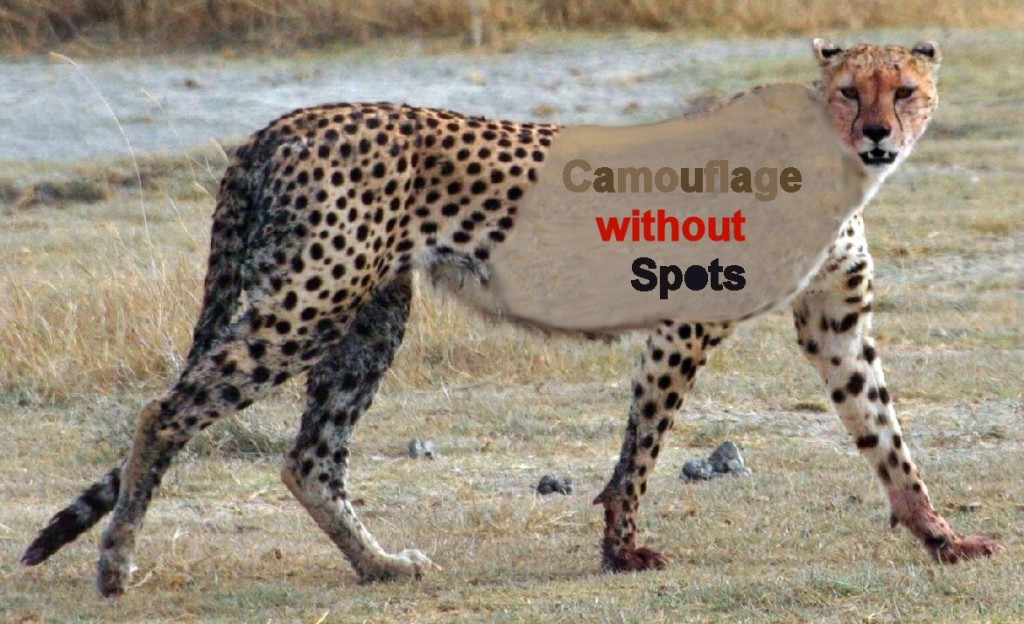
Free Talk: Gunnersbury Triangle, Sunday 8 June 2014 at 2pm
In this short and I hope lively talk, illustrated with models and photographs, I will try to show that camouflage is a lot more than spotty coats.
Animals use many different tricks to hide themselves. Even when there is no cover to hide behind, animals find ingenious ways to make themselves invisible. And if they don’t need to hide, they use the same tricks in reverse to make themselves as obvious as possible.
“Suitable for ages 8 – 80”. Roughly.
OK, you want more technical detail. Hmm. Well, I shall not be talking about military camouflage, though it is (or should be) based on the same principles as in zoology. The title already promises no spots, more or less, so I shall obviously mostly be avoiding what my hero Hugh Cott called disruptive patterns. Yes, you can see that I’ve spent far too much time trying to improve Wikipedia’s coverage of camouflage. If you nose about in there you’ll discover that I’ll have plenty of spotless methods to talk about. To whet your appetite, here’s Hugh Cott’s beautiful drawing of a Potoo, which makes itself as good as invisible by perching, stone-still, atop a broken branch. I’ll leave it up to you to work out how the trick works. Even better, come along to my talk.


